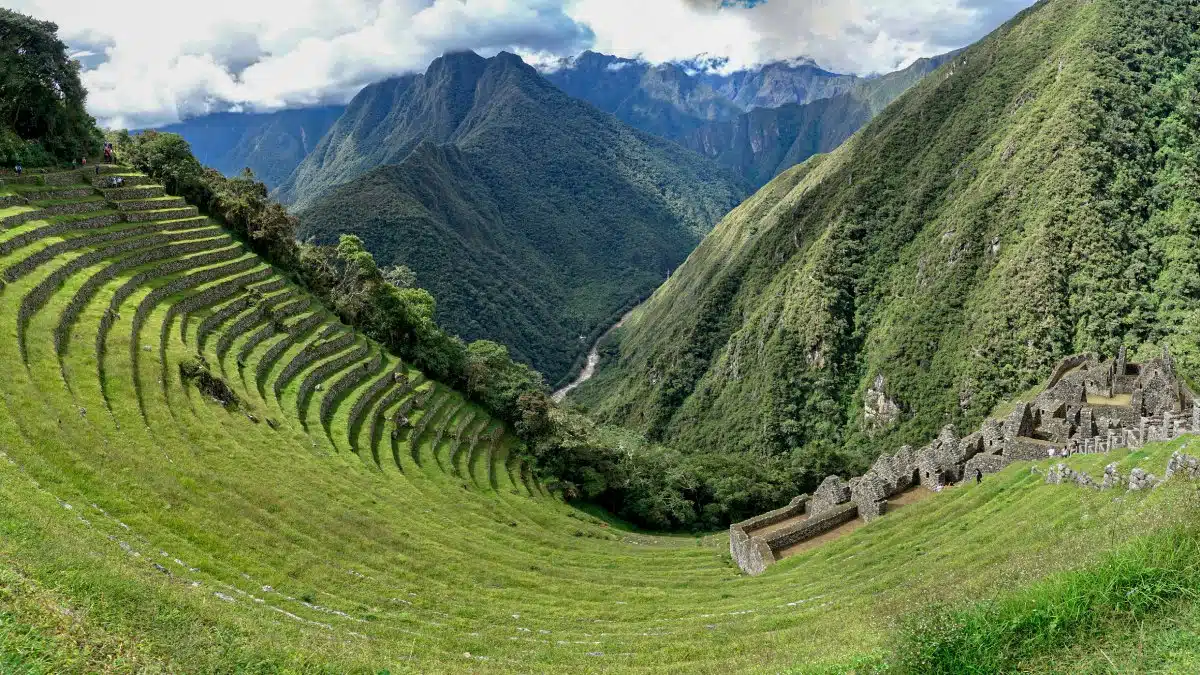Embarking on a hiking or trekking adventure is an immersive journey into the heart of nature, culture, and self-discovery. This guide is for the discerning explorer seeking to traverse the globe’s most awe-inspiring trails. From the vertiginous paths of the Himalayas to the ancient, storied routes of the Camino de Santiago, each destination has its own challenges and rewards. With a focus on practical insights, including the optimal times to travel and how to reach these remote corners, this guide aims to equip you with the knowledge to embark on your next trekking adventure with confidence and curiosity.
How to Prepare for a Hiking and Trekking Experience
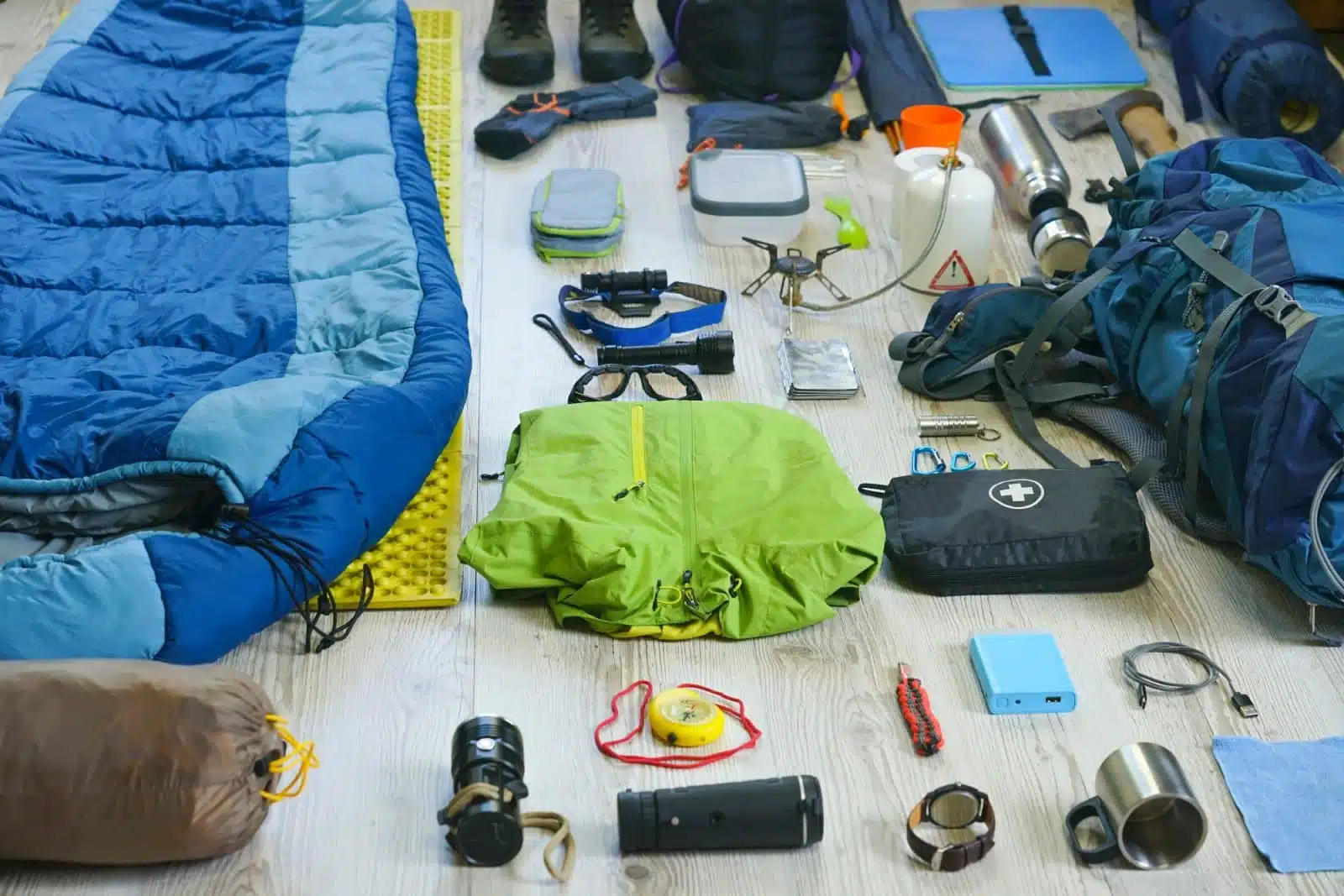
Image Credit: Shutterstock / Sergey Pristupa
Embarking on a hiking or trekking adventure is an exhilarating way to explore the natural beauty of our planet, but it requires careful preparation to ensure a safe and enjoyable experience. Whether planning a short hike or a multi-day trek, the following guidelines will help you prepare effectively for your journey.
Research Your Destination
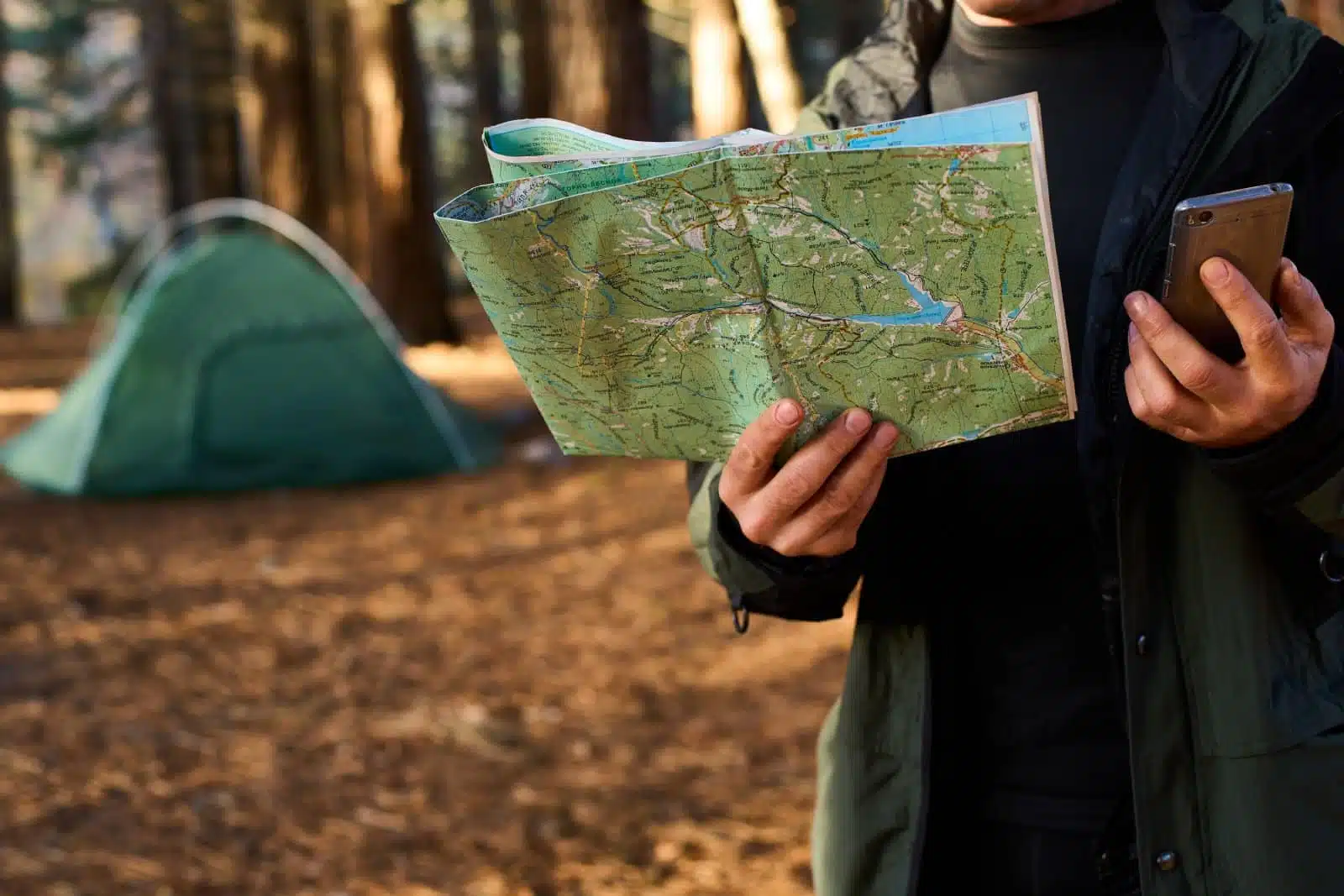
Image Credit: Shutterstock / Artie Medvedev
Start by thoroughly researching your chosen destination. Understand the trail’s length, difficulty level, and any potential hazards you might encounter, such as wildlife, weather conditions, or challenging terrain. Familiarize yourself with the area’s regulations and requirements, including permits, trail closures, and Leave No Trace principles.
Physical Preparation
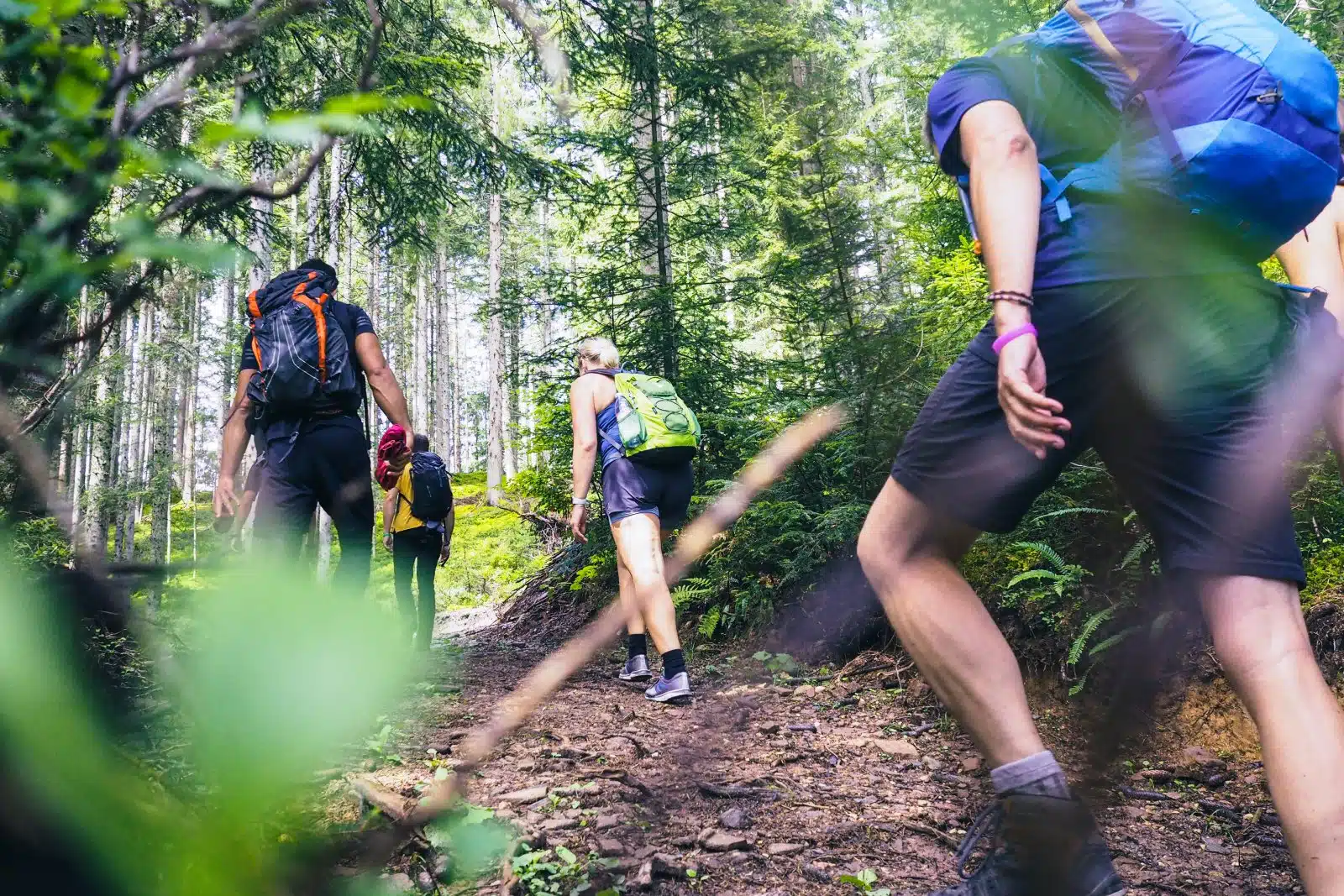
Image Credit: Shutterstock / shellygraphy
Conditioning your body is crucial for a successful hiking or trekking trip, especially for strenuous or long-distance trails. Begin training several months in advance, focusing on cardiovascular fitness, strength training, and endurance. Incorporate activities such as walking, running, cycling, and hiking with a loaded backpack to simulate trail conditions.
Gear and Clothing
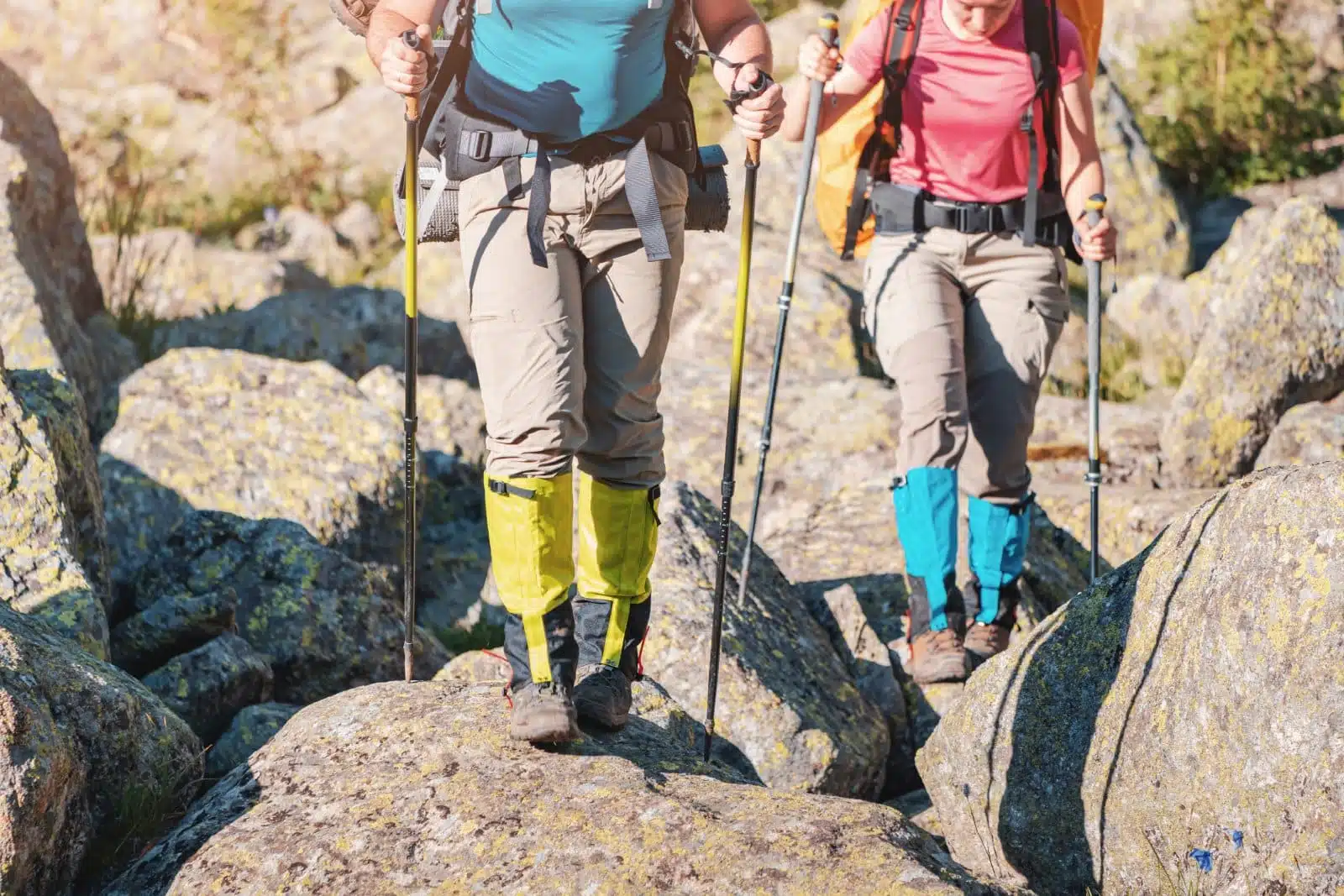
Image Credit: Shutterstock / frantic00
Invest in high-quality hiking gear and clothing suited to the terrain and weather conditions you’ll encounter. Essential items include a durable backpack, a comfortable pair of hiking boots, moisture-wicking clothing, a waterproof jacket, and a sleeping bag if overnight camping is involved. Test your gear on shorter hikes to ensure comfort and functionality.
Navigation Skills
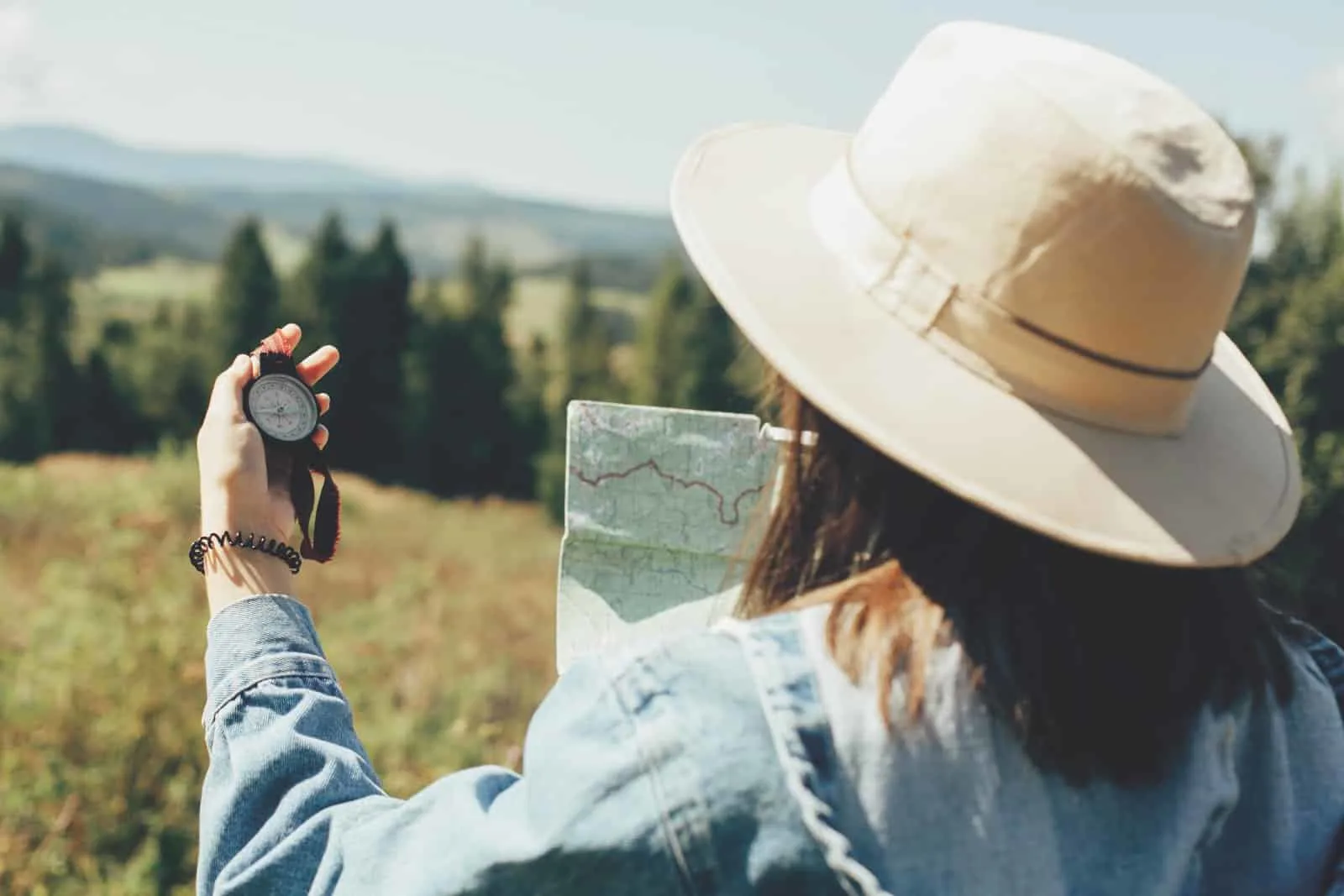
Image Credit: Shutterstock / Bogdan Sonjachnyj
While many trails are well-marked, navigation skills are essential, especially in remote or rugged areas. Learn to use a map and compass, and consider carrying a GPS device or a smartphone with a reliable hiking app. Always carry a physical map and compass as backups.
Food and Water

Image Credit: Shutterstock / Zapylaiev Kostiantyn
Plan your food and water supply carefully, considering the length of your trip and the availability of water sources along the route. Opt for lightweight, high-energy food such as nuts, dried fruit, energy bars, and dehydrated meals. Carry a water filter or purification tablets to ensure access to safe drinking water.
Safety and Emergency Preparedness
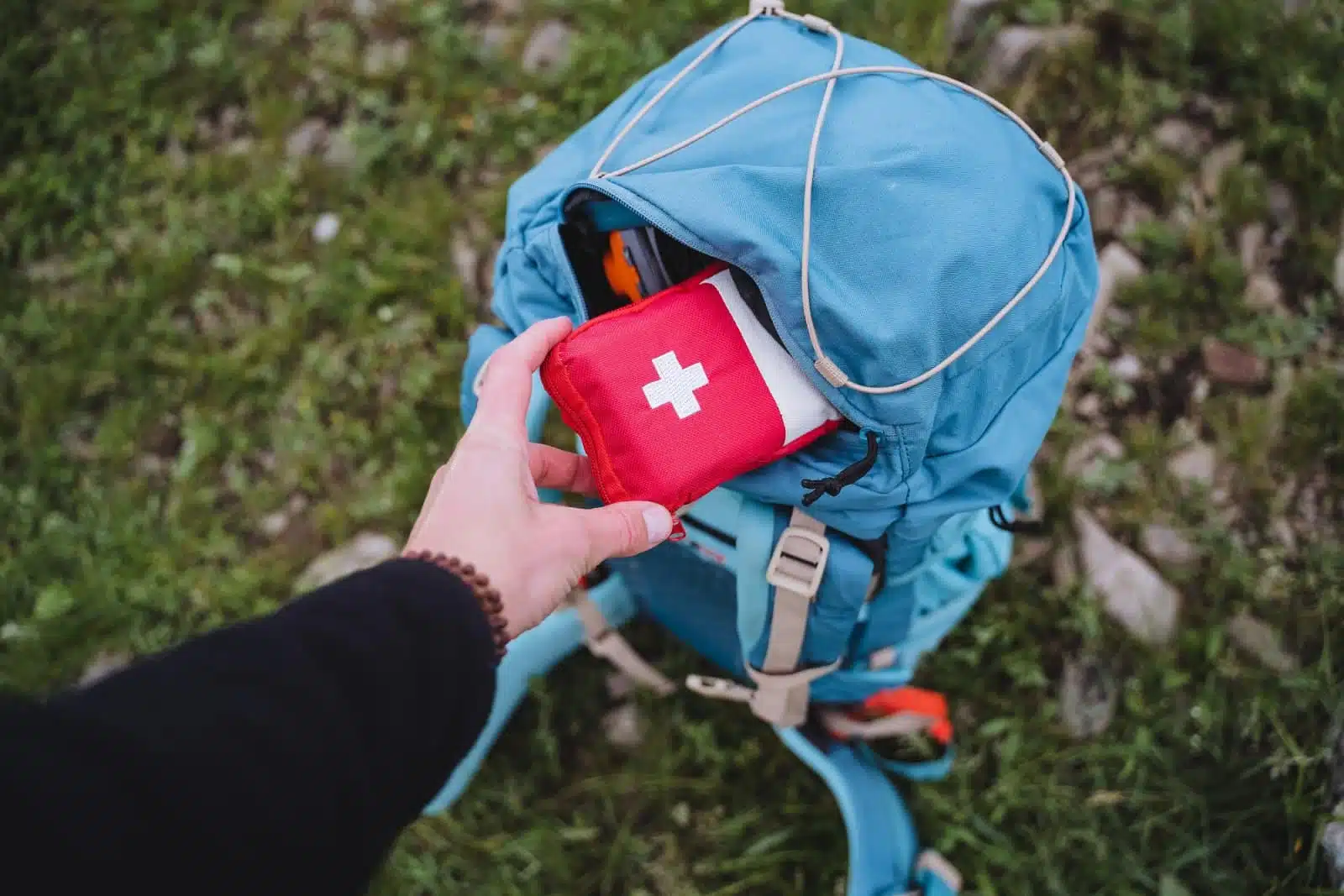
Image Credit: Shutterstock / Aleksey Matrenin
Familiarize yourself with basic wilderness first aid and carry a well-stocked first aid kit. Inform someone of your itinerary and expected return time. Consider carrying a whistle, a fire-starting kit, and a lightweight emergency shelter. For remote or challenging treks, a satellite messenger or personal locator beacon can be a lifesaver in an emergency.
Mental Preparation
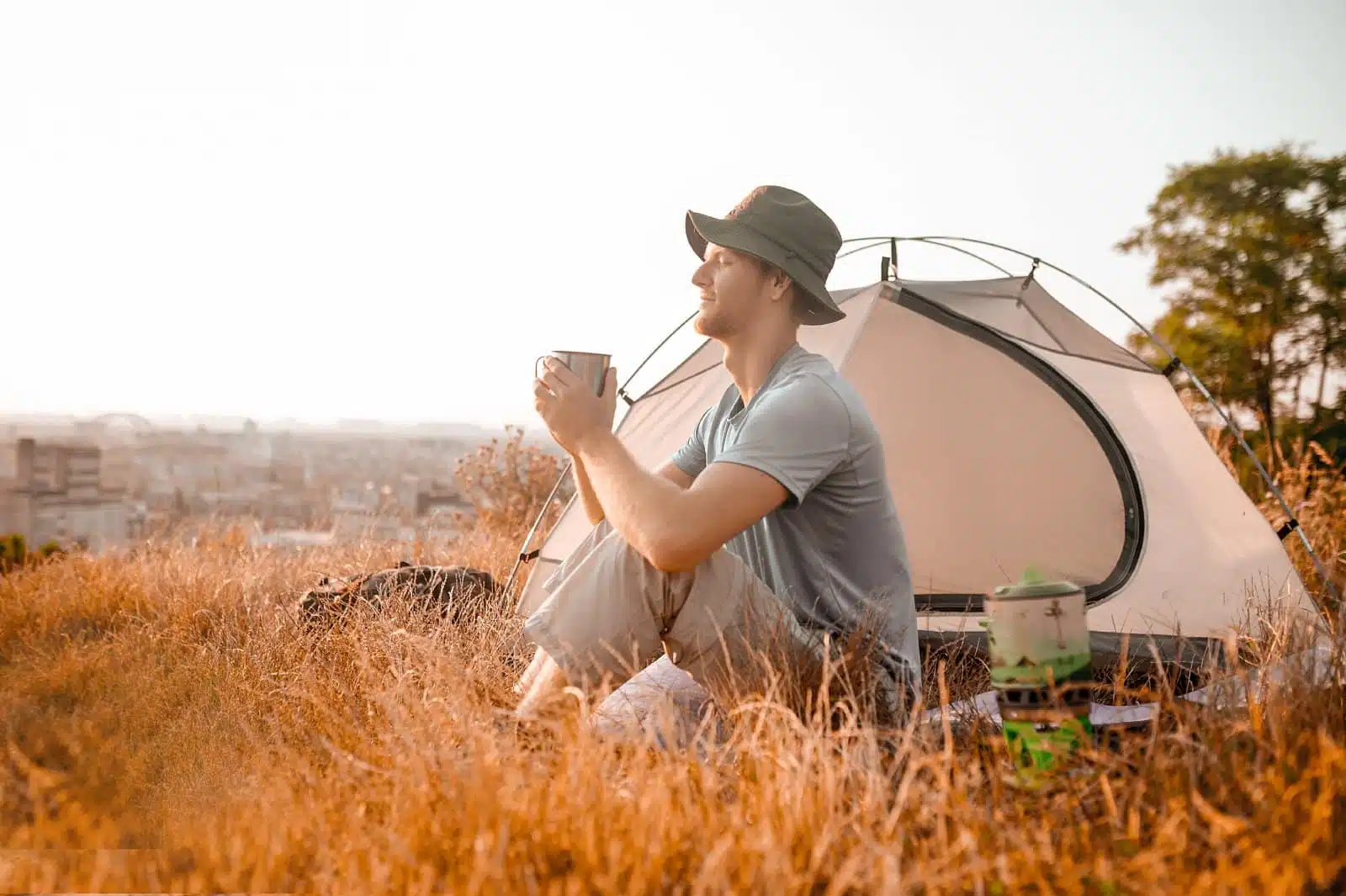
Image Credit: Shutterstock / Oleksandr But
Mentally preparing for the challenges ahead is just as important as physical preparation. With a positive and resilient mindset, be ready to face unexpected obstacles, weather changes, and physical discomfort.
Leave No Trace
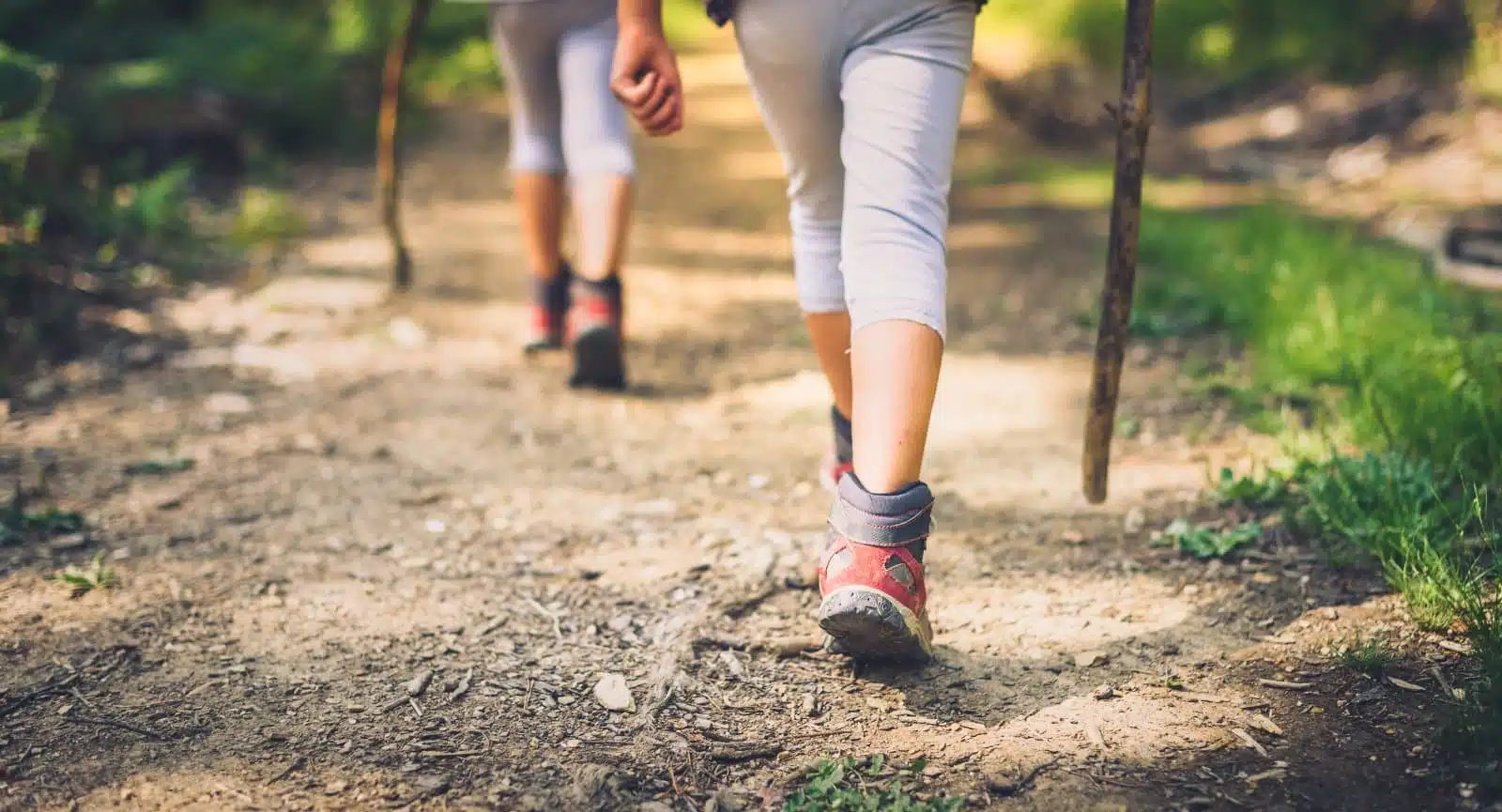
Image Credit: Shutterstock / JGA
Adopt Leave No Trace principles to minimize your impact on the environment. This includes packing out trash, camping on durable surfaces, respecting wildlife, and being considerate of other visitors.
Acclimatization
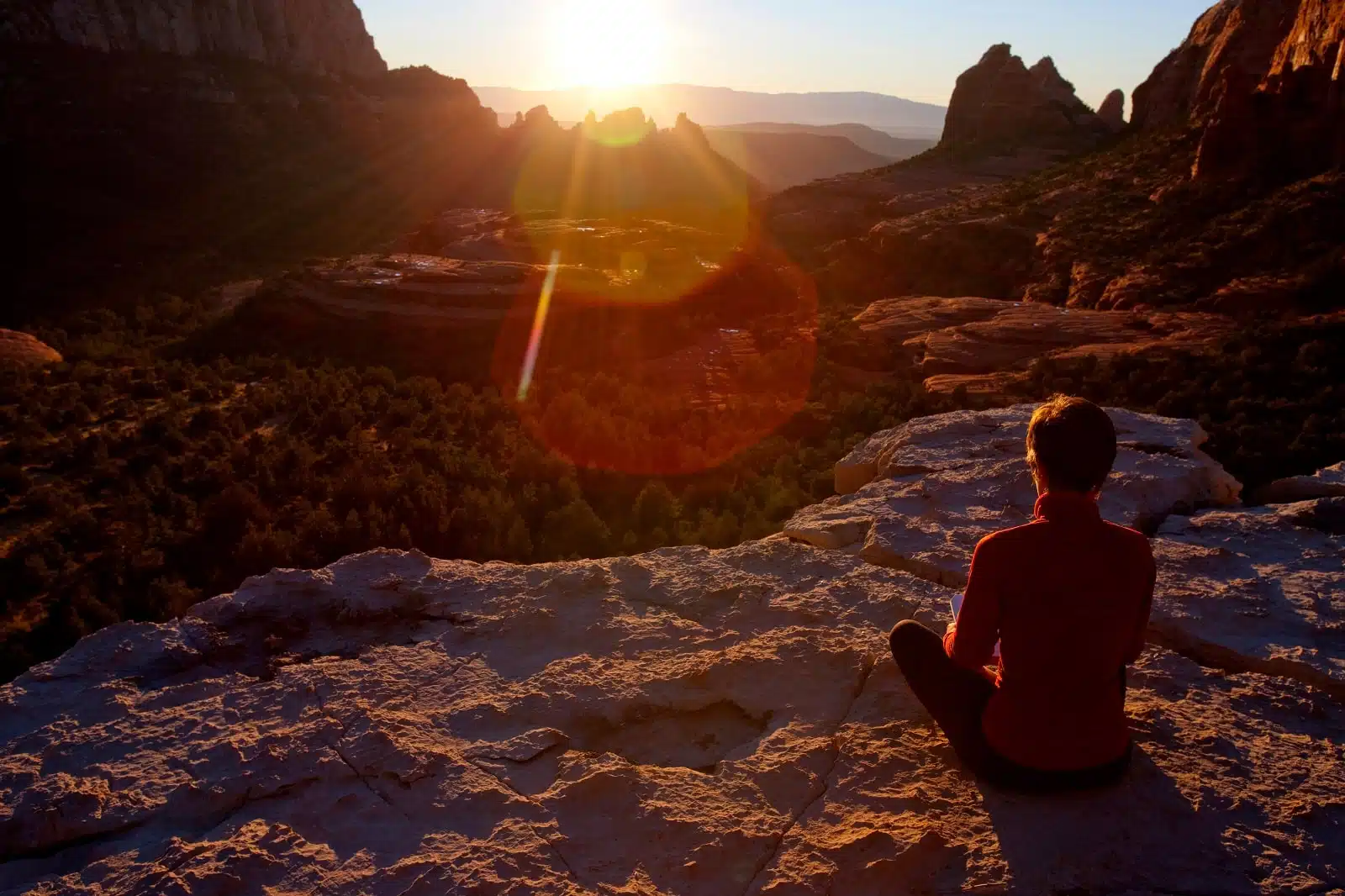
Image Credit: Shutterstock / DBSOCAL
Acclimatization to reduce the risk of altitude sickness is crucial for high-altitude treks. Plan your itinerary to allow gradual ascent and include rest days to adjust to the altitude. Recognize the symptoms of altitude sickness and know when to descend or seek medical attention.
Local Culture and Customs
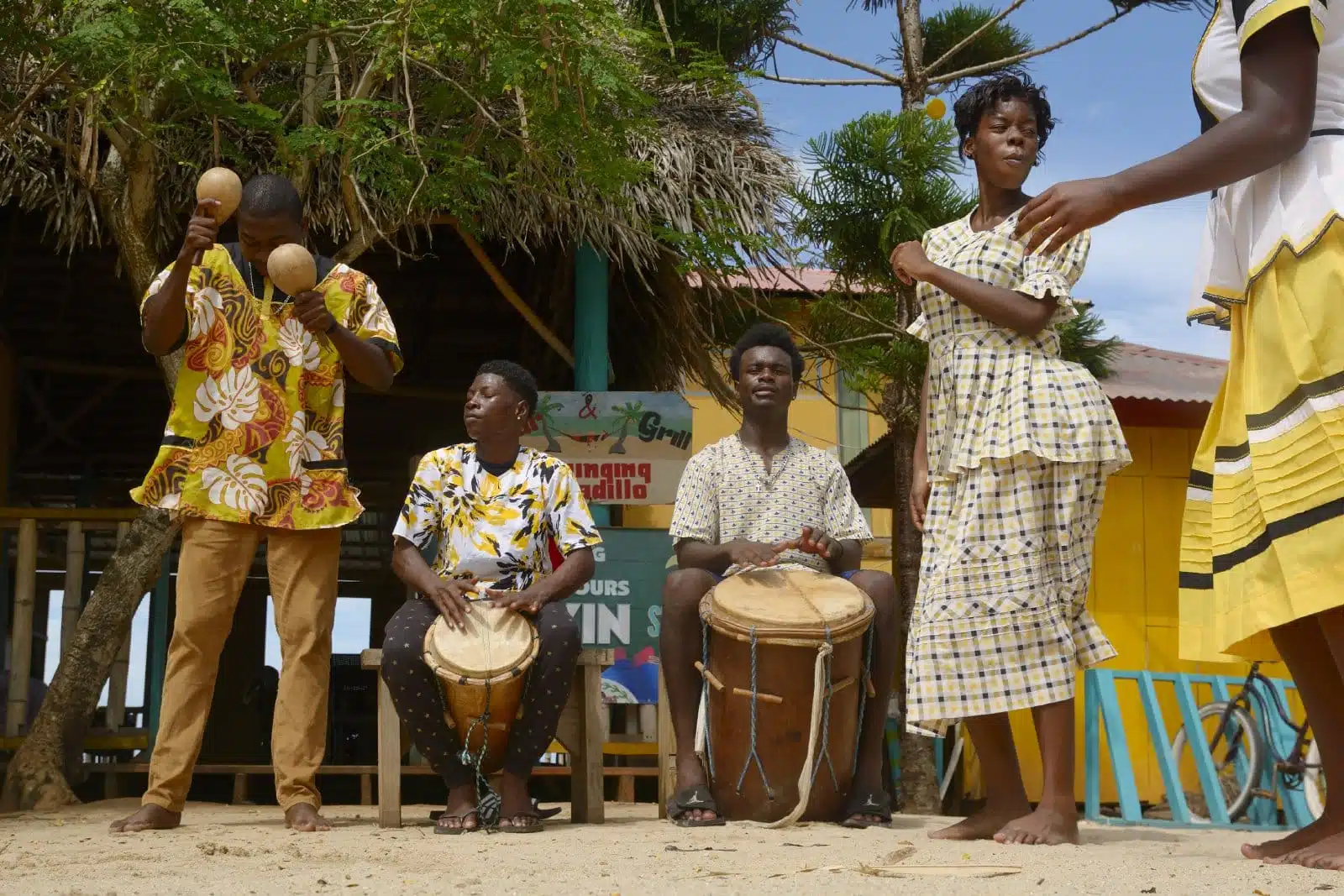
Image Credit: Shutterstock / Roi Brooks
When trekking in areas with local communities, take the time to learn about and respect their culture and customs. This can enhance your experience and ensure harmonious interactions with the local population.
1. The Inca Trail to Machu Picchu, Peru
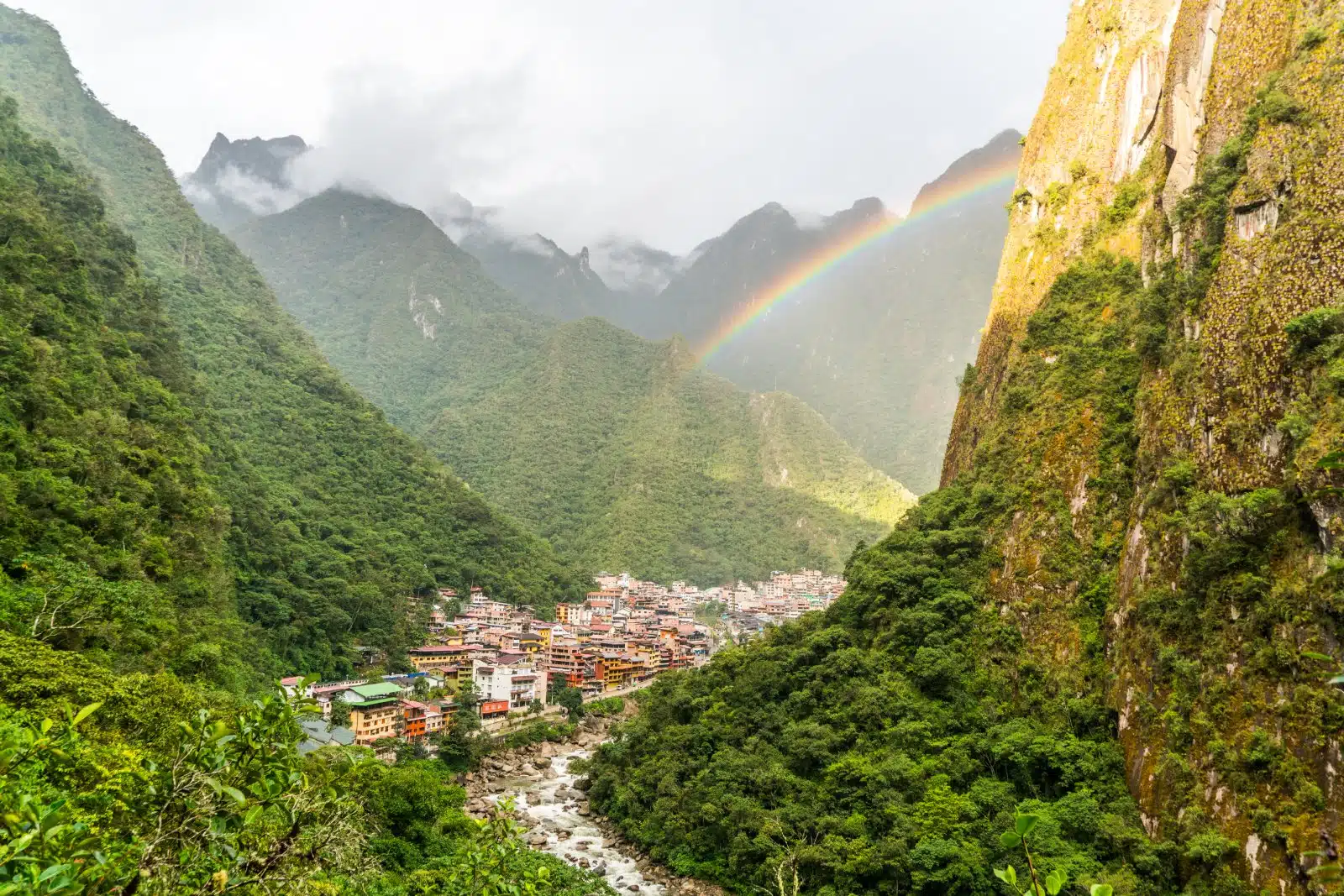
Image Credit: Shutterstock / Leo McGilly
Embarking on the Inca Trail offers an unparalleled journey through time, where every step showcases the majestic beauty of the Andes. Once trodden by Incan messengers, this ancient pathway leads adventurers across various terrains, from lush cloud forests and sub-tropical jungles to rugged mountain passes. Highlights include the awe-inspiring ruins of Runkurakay, Sayacmarca, and Phuyupatamarca, each offering a glimpse into the past. The trail culminates in the breathtaking sight of Machu Picchu through the Inti Punku or Sun Gate at sunrise, a moment that captures the essence of this spiritual and physical expedition. This trek challenges the body and enriches the soul, providing a deep connection to the natural world and a profound appreciation for the Incan civilization’s ingenuity and spirituality.
Insider’s Tip: Secure your permit early, as they are limited and sell out quickly, often months in advance. Consider hiring a local guide for the logistical support and the rich historical context they provide.
When to Travel: The dry season from May to September offers the most favorable conditions for hiking the Inca Trail.
How to Get There: Most travelers fly into Cusco from Lima. From Cusco, you can join a guided trek that typically includes transportation to the trailhead.
2. Everest Base Camp, Nepal
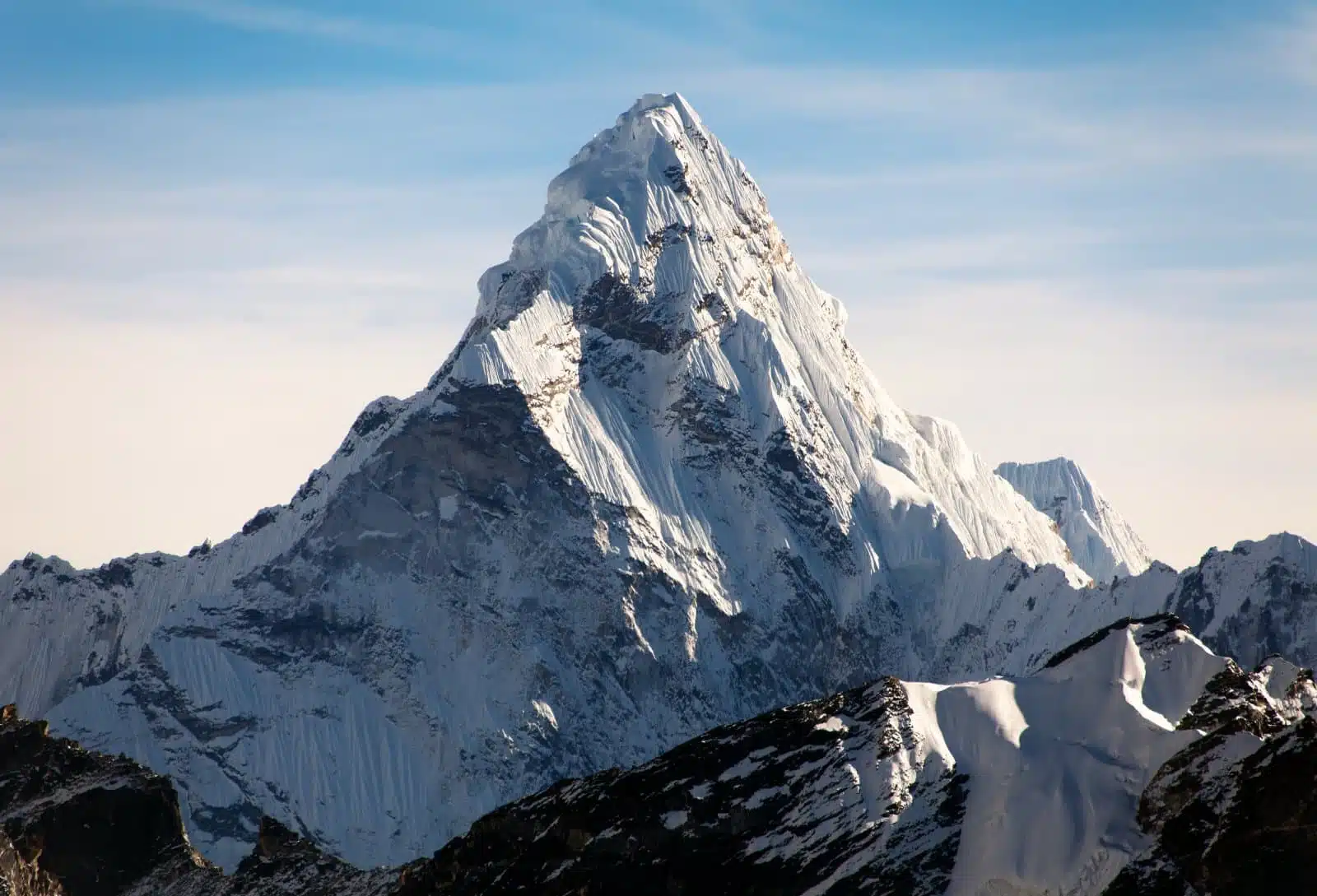
Image Credit: Shutterstock / Daniel Prudek
The trek to Everest Base Camp is an extraordinary expedition into the heart of the Himalayas. This journey offers more than just the thrill of being close to the world’s highest peak; it is an intimate exploration of the Sherpa culture and the rich biodiversity of the Sagarmatha National Park. Trekkers are treated to spectacular views of towering peaks, including Lhotse, Nuptse, and Ama Dablam, alongside the majestic Everest itself. The trail weaves through vibrant Sherpa villages like Namche Bazaar, the high Himalayas, and Tengboche, with its famous monastery. The path is lined with mani stones, prayer flags, and chortens, adding a spiritual dimension to the trek. The final ascent to Kala Patthar offers panoramic views of Everest and its surrounding peaks, providing a fitting climax to this epic journey.
Insider’s Tip: Acclimatize properly to avoid altitude sickness. Plan for acclimatization days in Namche Bazaar and Dingboche.
When to Travel: Pre-monsoon (March to May) and post-monsoon (September to November) seasons offer the clearest skies and safest trekking conditions.
How to Get There: Fly to Kathmandu, followed by a short flight to Lukla, where most treks to Everest Base Camp begin.
3. Tour du Mont Blanc, Europe
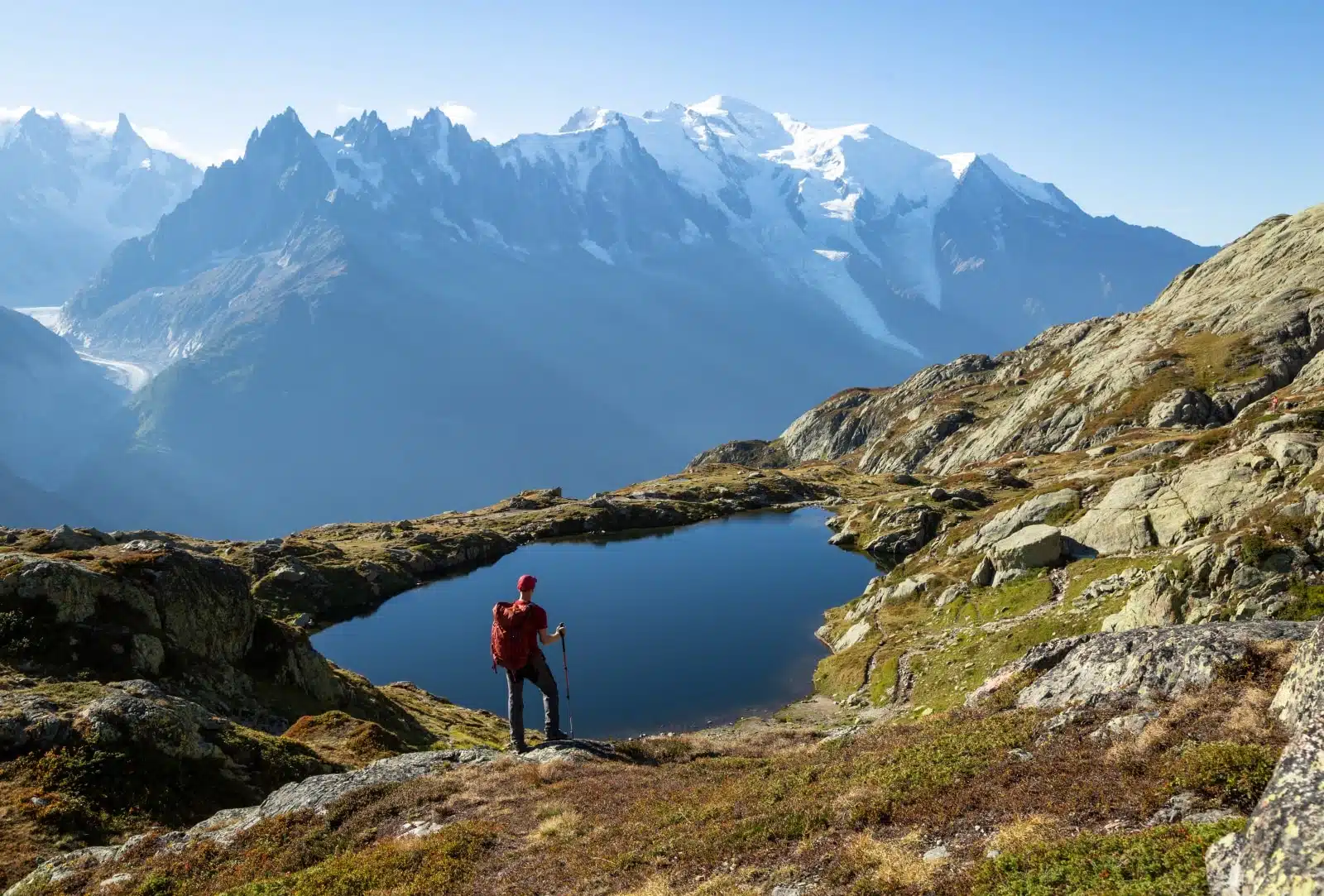
Image Credit: Shutterstock / Sander van der Werf
The Tour du Mont Blanc is a captivating circuit encircles the Mont Blanc massif, traversing through three countries and offering alpine scenery. This trek presents verdant valleys, serene lakes, and glaciers that glisten under the sun. Highlights include the Grand Col Ferret, the border between Italy and Switzerland, and the breathtaking views of Mont Blanc from the Aiguilles Rouges range. The diversity of landscapes is matched by the cultural variety, from the charming Savoyard villages of France to the cozy rifugios of Italy and the welcoming huts in Switzerland. Along the way, trekkers encounter a rich flora and fauna, including marmots, chamois, and ibex, making every day on the trail an adventure in discovery.
Insider’s Tip: Book refuges or accommodations in advance, especially if trekking in the peak months of July and August.
When to Travel: Late June to early September offers the best weather for hiking the Tour du Mont Blanc.
How to Get There: The trek traditionally starts and ends in Chamonix, France, which is accessible by bus or train from Geneva, Switzerland.
4. Pacific Crest Trail, USA
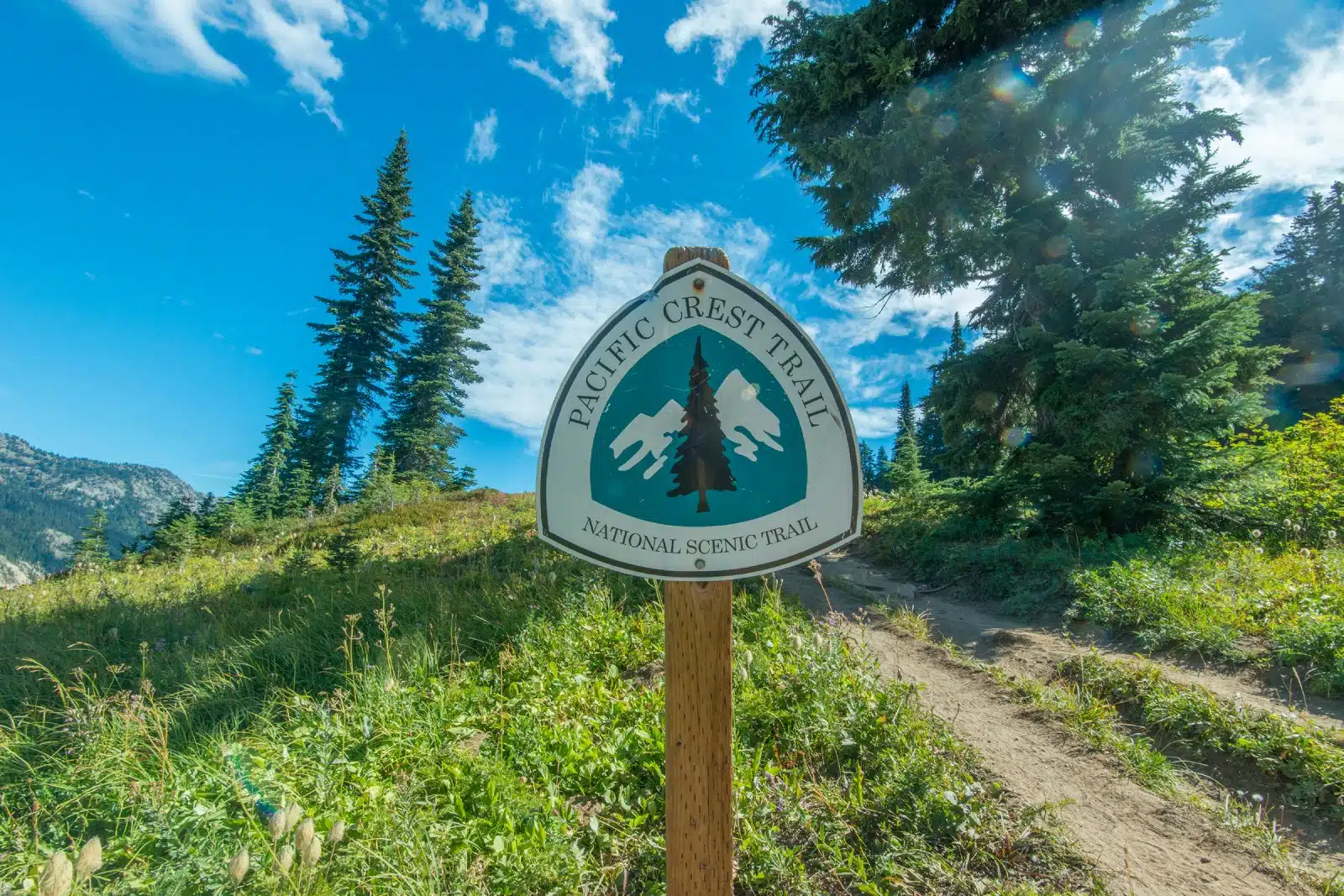
Image Credit: Shutterstock / Modern Meta Photography
The Pacific Crest Trail (PCT) offers an epic journey through some of the most picturesque landscapes of the American West. Stretching from the deserts of Southern California to the glaciated expanses of Washington’s North Cascades, the trail showcases the region’s diverse ecosystems. Highlights include the Sierra Nevada, with its alpine meadows and crystal-clear lakes, and the volcanic landscapes of Oregon, dominated by Mount Hood. The PCT also offers a unique blend of solitude and community as trekkers bond over shared experiences and challenges.
Insider’s Tip: Consider section hiking if you cannot commit to the entire trail. The Sierra Nevada and Cascade sections are particularly stunning.
When to Travel: Timing depends on the section. The desert sections are best in spring, the Sierra Nevada in summer, and the Pacific Northwest in late summer to early fall.
How to Get There: Access points vary widely. San Diego, California, is a common starting point for the southern terminus, while Seattle, Washington, is near the northern terminus.
5. Camino de Santiago, Spain
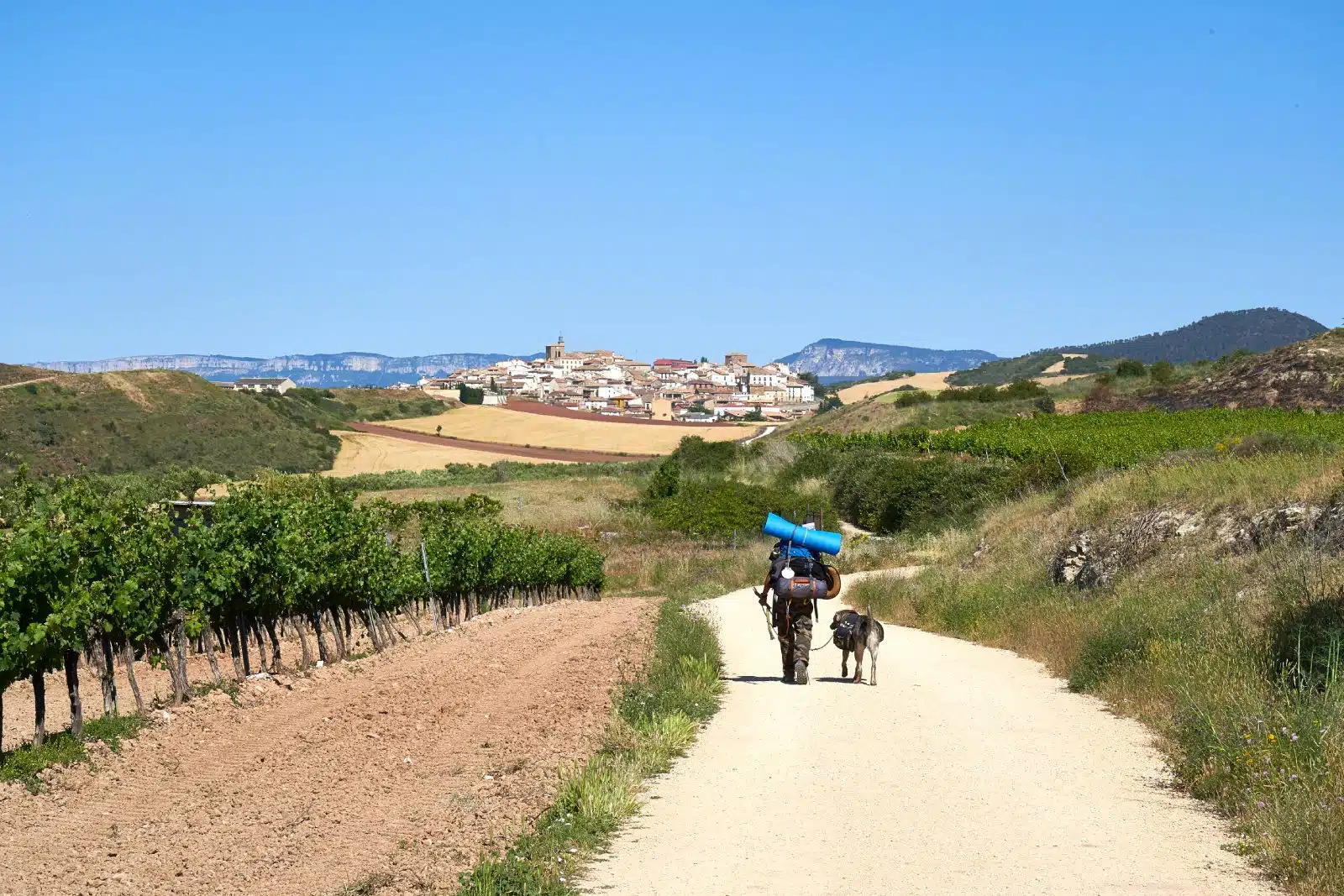
Image Credit: Shutterstock / Ackab Photography
The Camino de Santiago is a spiritual journey that pilgrims have undertaken for centuries. This network of routes, all leading to the cathedral of Santiago de Compostela, offers a unique blend of cultural immersion, and spiritual introspection. The Camino Francés, the most popular path, winds through the rolling hills of the Spanish countryside, dotted with medieval villages, vineyards, and monasteries. Highlights include Leon’s cathedral’s stunning architecture, Rioja’s wine region, and the mystical Iron Cross (Cruz de Ferro), where pilgrims leave stones representing their burdens. The journey welcomes pilgrims from around the world sharing stories, meals, and moments of reflection.
Insider’s Tip: Stay in pilgrim hostels (albergues) for a more authentic and communal experience. Booking ahead is not always necessary, adding to the journey’s spontaneity.
When to Travel: Spring (April to June) and fall (September to October) offer milder weather and fewer crowds.
How to Get There: Fly into Paris or Madrid, then travel by train or bus to Saint-Jean-Pied-de-Port to start the Camino Francés.
6. Annapurna Circuit, Nepal
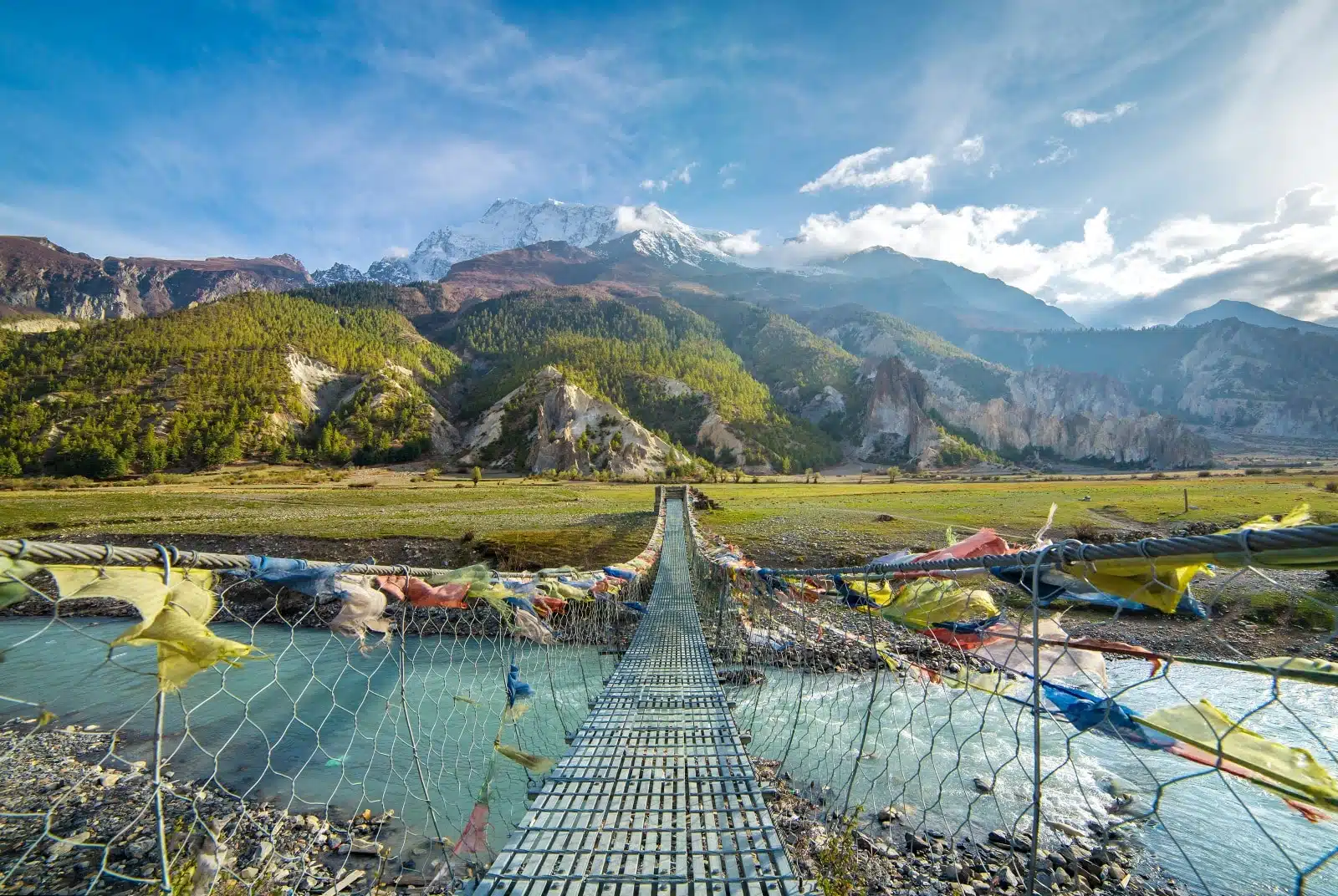
Image Credit: Shutterstock / Mazur Travel
The Annapurna Circuit in Nepal is a trek that challenges and rewards in equal measure, offering an immersive experience into the heart of the Himalayas. This circuit takes you through various landscapes, from lush subtropical forests and terraced rice paddies to arid cliffs and high mountain passes, including the Thorong La Pass at 5,416 meters. Along the way, you’ll encounter traditional villages, Buddhist monasteries, and sacred sites, providing an insight into the culture of Nepal. The trek also offers stunning views of some of the world’s highest peaks, including Annapurna I, Dhaulagiri, and Manaslu, making it a must-do for those seeking both natural beauty and cultural richness. The journey typically spans over 17 to 21 days, covering a distance of approximately 160 to 230 kilometers, depending on the chosen route and side trips.
Insider’s Tip: Consider hiring a local guide or porter, which not only provides employment to the local community but also enriches your trekking experience with insights into the local culture, flora, and fauna.
When to Travel: The best times to trek the Annapurna Circuit are during the pre-monsoon season of March to May and the post-monsoon season of September to November, when the weather is clear and dry.
How to Get There: Most trekkers fly into Kathmandu and then take a bus or a short flight to Pokhara, which is the gateway to the Annapurna region. From Pokhara, you can reach the starting point of the trek by bus or jeep.
7. The John Muir Trail, USA
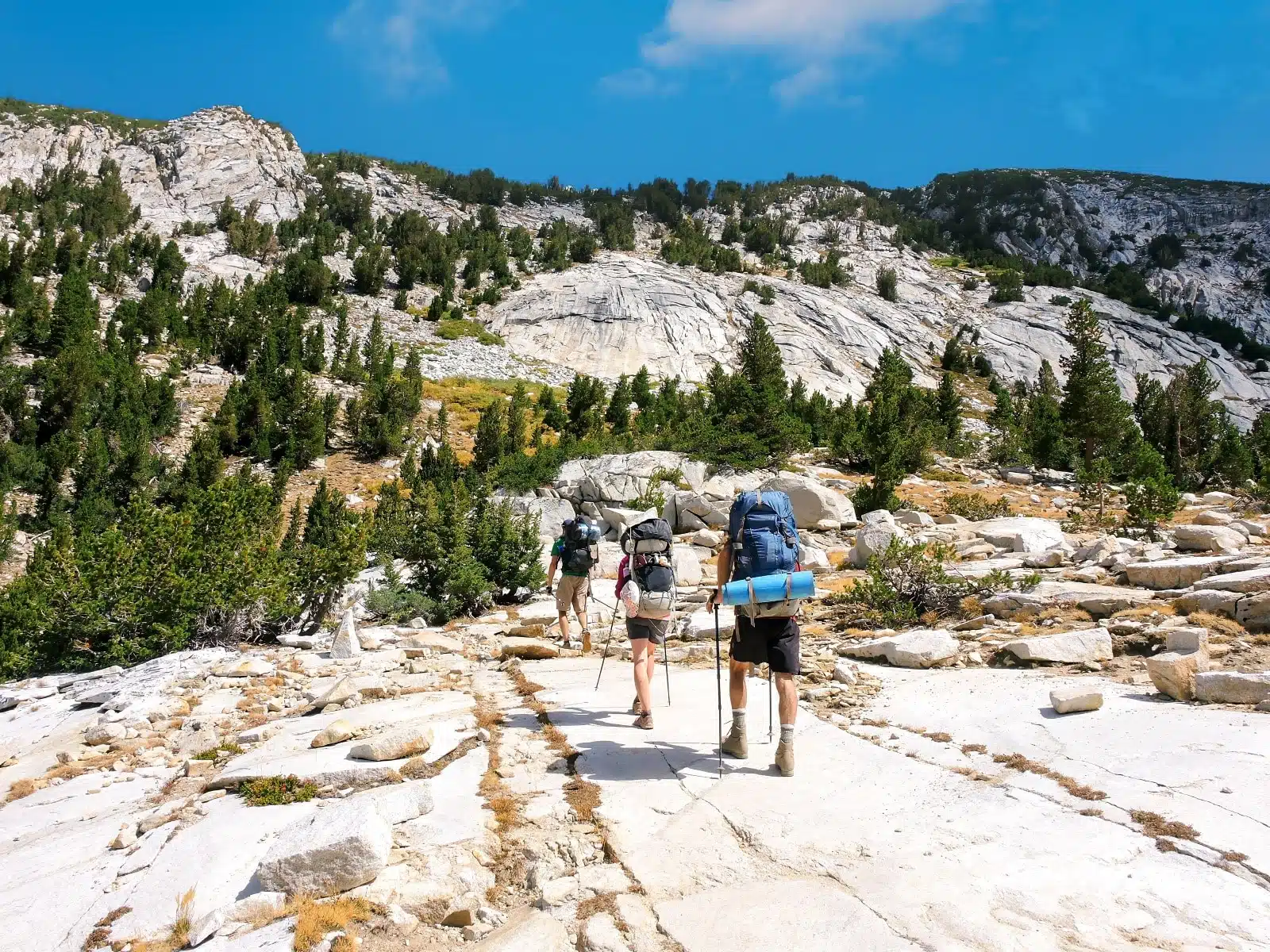
Image Credit: Shutterstock / John Couture
The John Muir Trail (JMT) takes you through some of North America’s most spectacular wilderness areas. Stretching 211 miles through California’s Sierra Nevada mountain range, this trail allows hikers to traverse Yosemite, Kings Canyon, and Sequoia National Parks. The JMT is renowned for its breathtaking landscapes, including alpine peaks, serene lakes, and vibrant meadows. Highlights include the ascent of Mount Whitney, the highest peak in the United States, and the exploration of the Evolution Basin, a favorite among many for its stunning beauty. The trail’s relatively high elevation, with an average of over 8,000 feet, presents a formidable challenge yet rewards trekkers with unparalleled views and serene solitude. Completing the JMT typically takes about three to four weeks, demanding physical preparation and wilderness navigation skills.
Insider’s Tip: Apply for your wilderness permit early, especially if you plan to start in Yosemite National Park, as demand far exceeds supply during the peak summer months.
When to Travel: The optimal time to hike the JMT is from July to September, when the snow has melted, and the mountain passes are accessible.
How to Get There: Most hikers begin the JMT in Yosemite National Park, which is accessible by car from major cities in California. Public transportation options are also available to reach Yosemite Valley.
8. The Lycian Way, Turkey
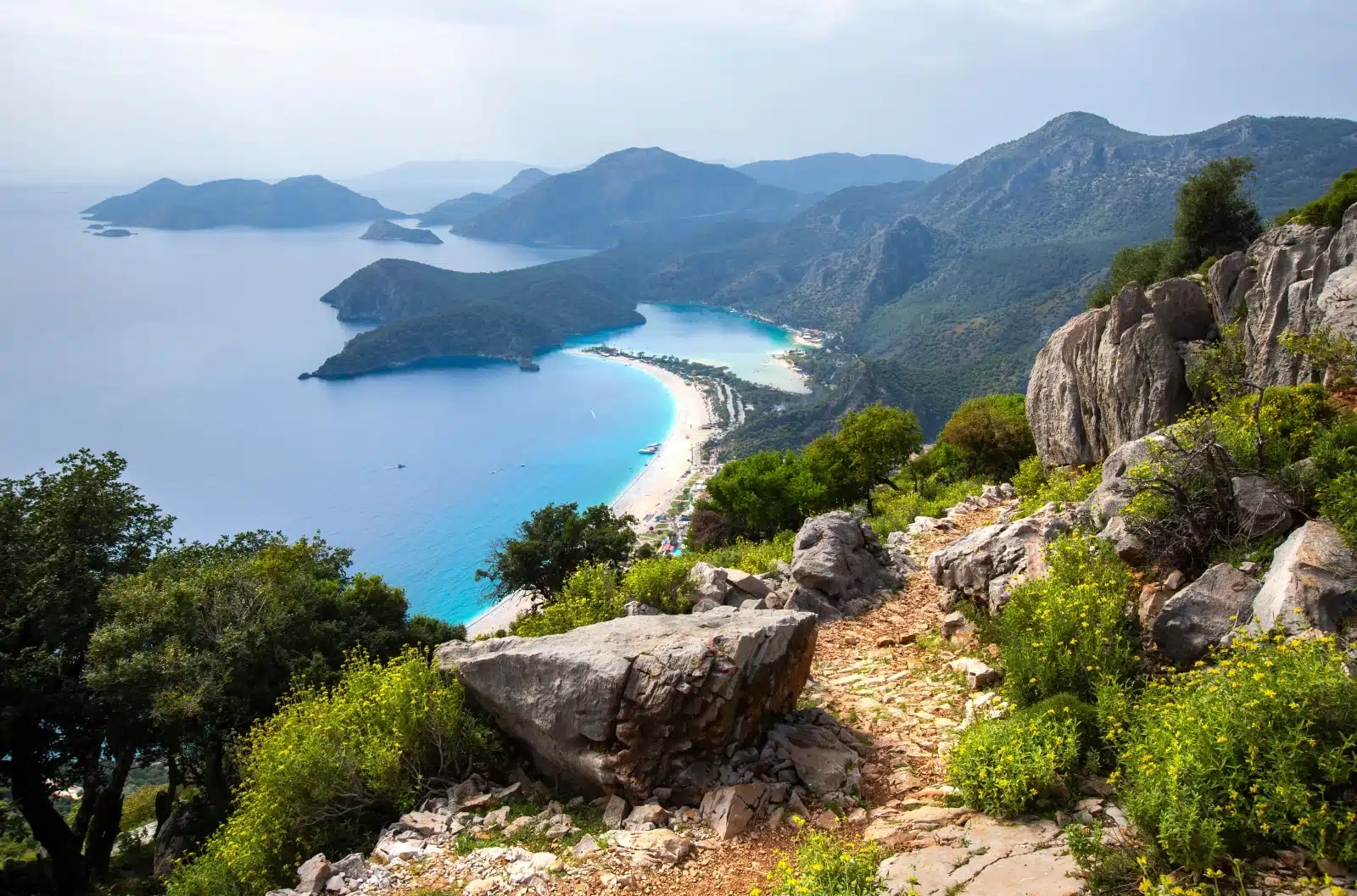
Image Credit: Shutterstock / Favious
The Lycian Way in Turkey presents a unique trekking experience that combines breathtaking Mediterranean landscapes with exploring ancient ruins. Stretching over 540 kilometers along the coast of ancient Lycia, this trail takes hikers from Fethiye to Antalya through rugged mountains, secluded coves, and pine forests. Along the route, trekkers are treated to a wealth of historical sites, including the ruins of Patara, Xanthos, and Olympos, offering a glimpse into the region’s rich past. The trail also offers stunning views of the Turquoise Coast and opportunities for refreshing swims in the Mediterranean Sea. The Lycian Way is a cultural and historical exploration, providing insights into the ancient civilizations that once thrived in this region. The path varies in difficulty, making it accessible to hikers of different skill levels.
Insider’s Tip: Carry plenty of water and sun protection, especially during the summer months, as the trail offers limited shade and can be quite hot.
When to Travel: The best times to hike the Lycian Way are in the spring (April to June) and fall (September to November), when the weather is cooler and the landscape is more verdant.
How to Get There: The trail can be accessed from several points along the Turkish coast. The traditional starting point is in Fethiye, easily reached by bus or car from major cities in Turkey, including Istanbul, Ankara, and Antalya.
9. The Overland Track, Australia
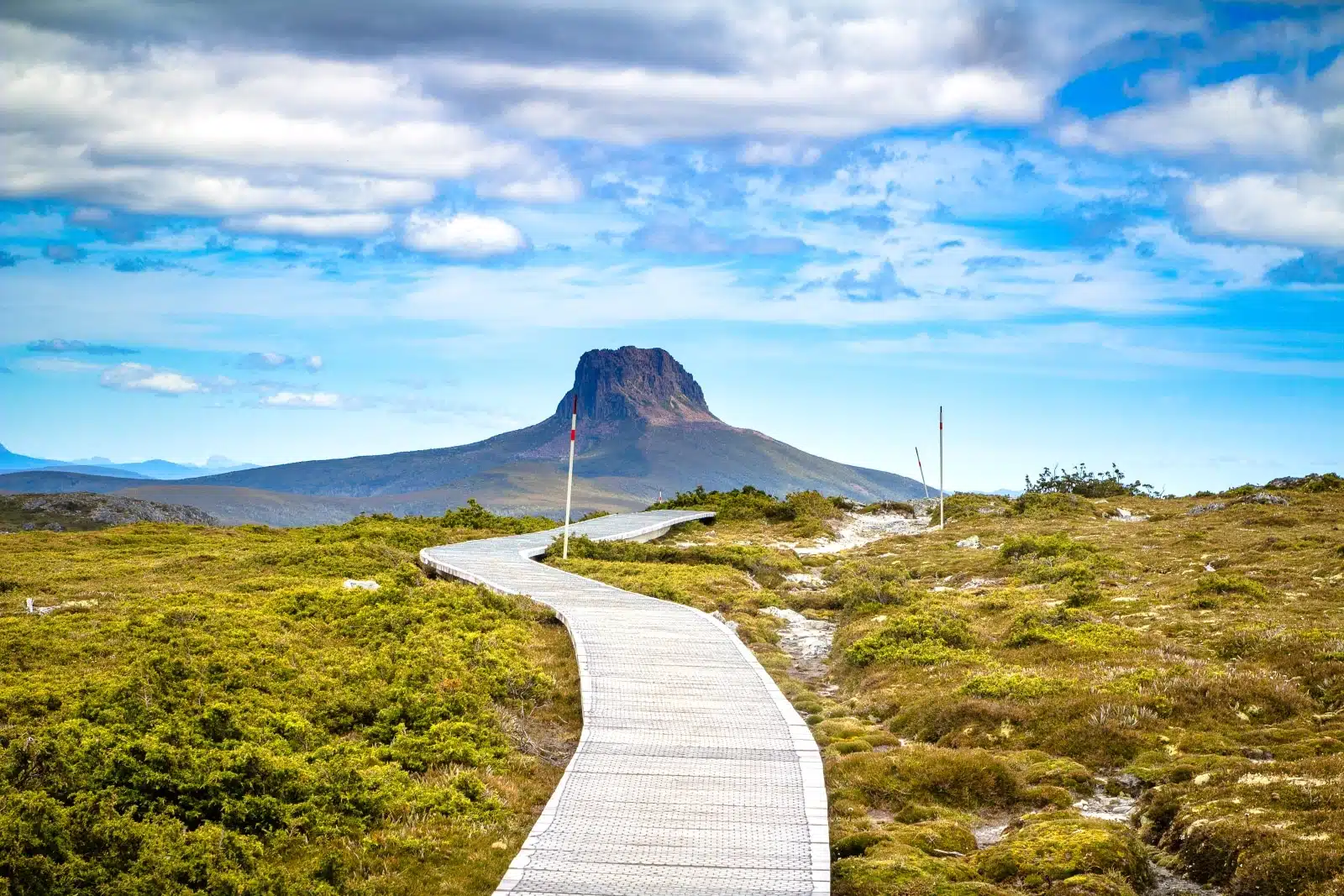
Image Credit: Shutterstock / Liam Preece
Australia’s Overland Track offers an unforgettable journey through the heart of Tasmania’s wilderness, a World Heritage Area renowned for its pristine natural beauty. Covering 65 kilometers from Cradle Mountain to Lake St. Clair, this six-day trek takes hikers through a landscape of rugged mountains, dense forests, and alpine heaths. Highlights of the trek include the majestic Cradle Mountain, the serene beauty of Lake St. Clair, and the chance to witness Tasmania’s unique wildlife, such as the Tasmanian devil, in their natural habitat. The track also features a series of side trails, including the challenging climb to the summit of Mount Ossa, Tasmania’s highest peak, offering panoramic views of the surrounding wilderness. The Overland Track is designed to be an immersive experience, with hikers staying in huts or camping under the stars, providing a true connection to the natural world.
Insider’s Tip: Book your trekking permit and hut accommodations well in advance, as the Overland Track has a quota system in place during the peak season to preserve its wilderness character.
When to Travel: The main walking season is from October to May, with the summer months (December to February) offering the warmest weather and the least chance of snow.
How to Get There: The trek typically begins at Cradle Mountain, accessible by car or shuttle bus from Launceston, Tasmania’s northern city. The end point, Lake St. Clair, is reachable by ferry across the lake or by walking an additional 17 kilometers to the visitor center, where transport can be arranged back to Launceston or Hobart.
10. The GR20, Corsica, France

Image Credit: Shutterstock / Ondrej Prochazka
The GR20 in Corsica is acclaimed as one of Europe’s most challenging and beautiful treks. Spanning roughly 180 kilometers across the island, from Calenzana in the north to Conca in the south, the trail traverses a landscape of high mountains, dense forests, and craggy peaks. The GR20 is divided into two sections: the northern part, known for its rugged terrain and spectacular scenery, and the southern part, which is slightly easier and offers a diverse landscape. Highlights include the ascent of Monte Cinto, Corsica’s highest peak, and the breathtaking views from the Plateau du Cuscione. The trail also passes through the Bavella Massif, with its iconic needle-like rock formations. Completing the GR20 is a formidable undertaking, typically requiring 15 to 16 days, and demands excellent physical condition, hiking experience, and self-sufficiency.
Insider’s Tip: Consider packing light and utilizing the refuges along the route for overnight stays to minimize the weight of your backpack. Be prepared for sudden weather changes, especially in the higher elevations.
When to Travel: The best time to attempt the GR20 is from late June to early September when the weather is most stable, and the snow in the high passes has melted.
How to Get There: The northern end of the GR20 starts near Calenzana, accessible by bus or taxi from Calvi, which has an airport and ferry connections to mainland France and Italy. The southern end is near Conca, reachable by bus or taxi from Porto-Vecchio, which is also well-connected by air and sea.
The Bottom Line
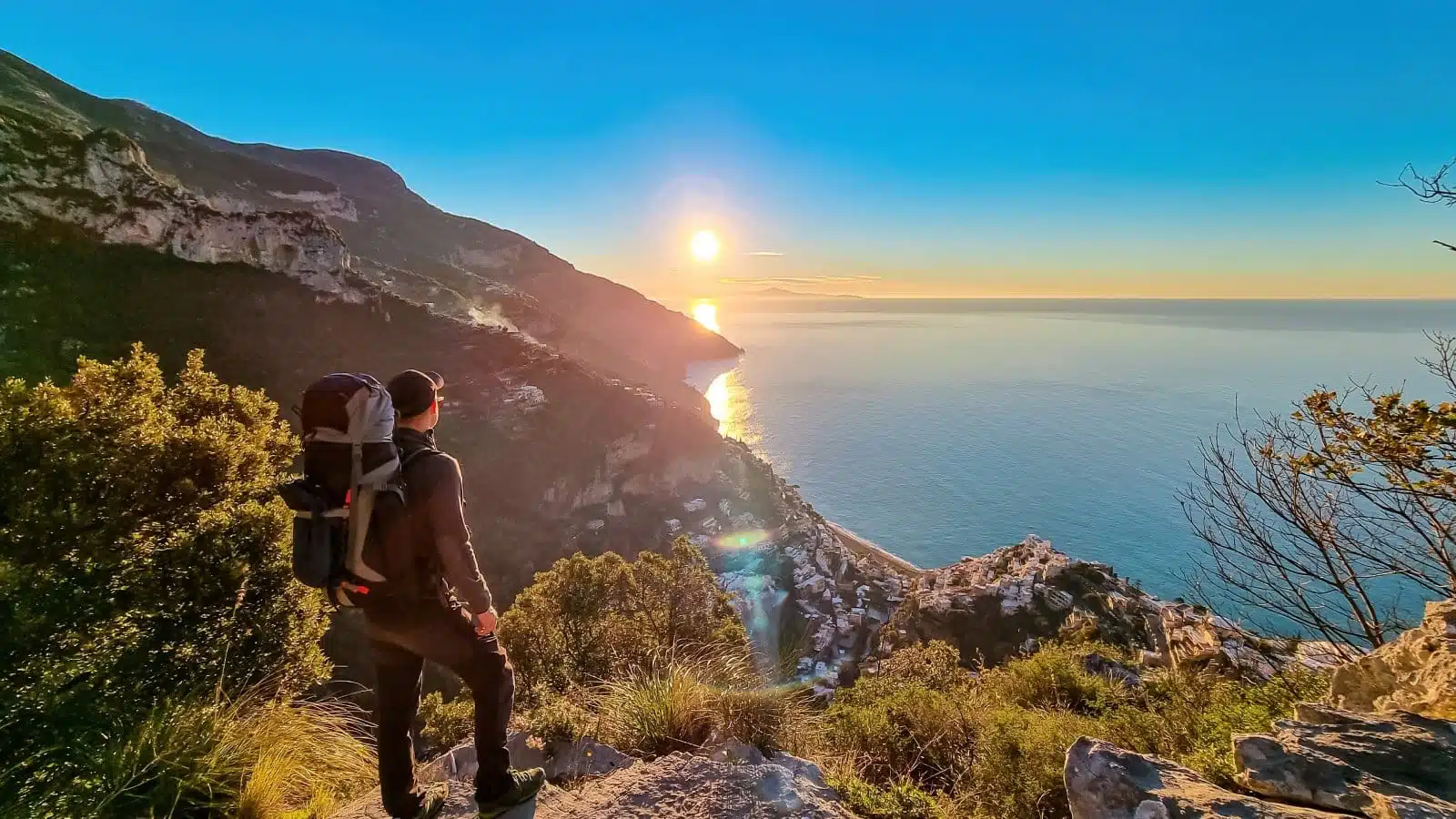
Image Credit: Shutterstock / Christopher Moswitzer
Preparing for a hiking or trekking trip is a straightforward process that requires attention to detail, physical readiness, and an understanding of the environment you’ll be entering. It’s about equipping yourself properly, knowing the terrain, and being ready for the unexpected. As you set out on your adventure, remember that your journey’s success hinges on your preparation and respect for nature. Whether you’re tackling a challenging mountain trail or a serene forest path, the experience offers a chance to connect with the outdoors and test your limits. So, ensure you’re well-prepared, stay safe, and make the most of your trek.
More From The Green Voyage
Top 10 Trending Travel Destinations 2024
6 Essential Banking Apps for International Travel – Managing Your Finances on the Go
Traveling With Kids – 10 Tips to Create Memorable Family Holidays
The post Hiking and Trekking Travel Guide 2024 first appeared on The Green Voyage.
Featured Image Credit: Shutterstock / Gonzalo Buzonni.
For transparency, this content was partly developed with AI assistance and carefully curated by an experienced editor to be informative and ensure accuracy.
